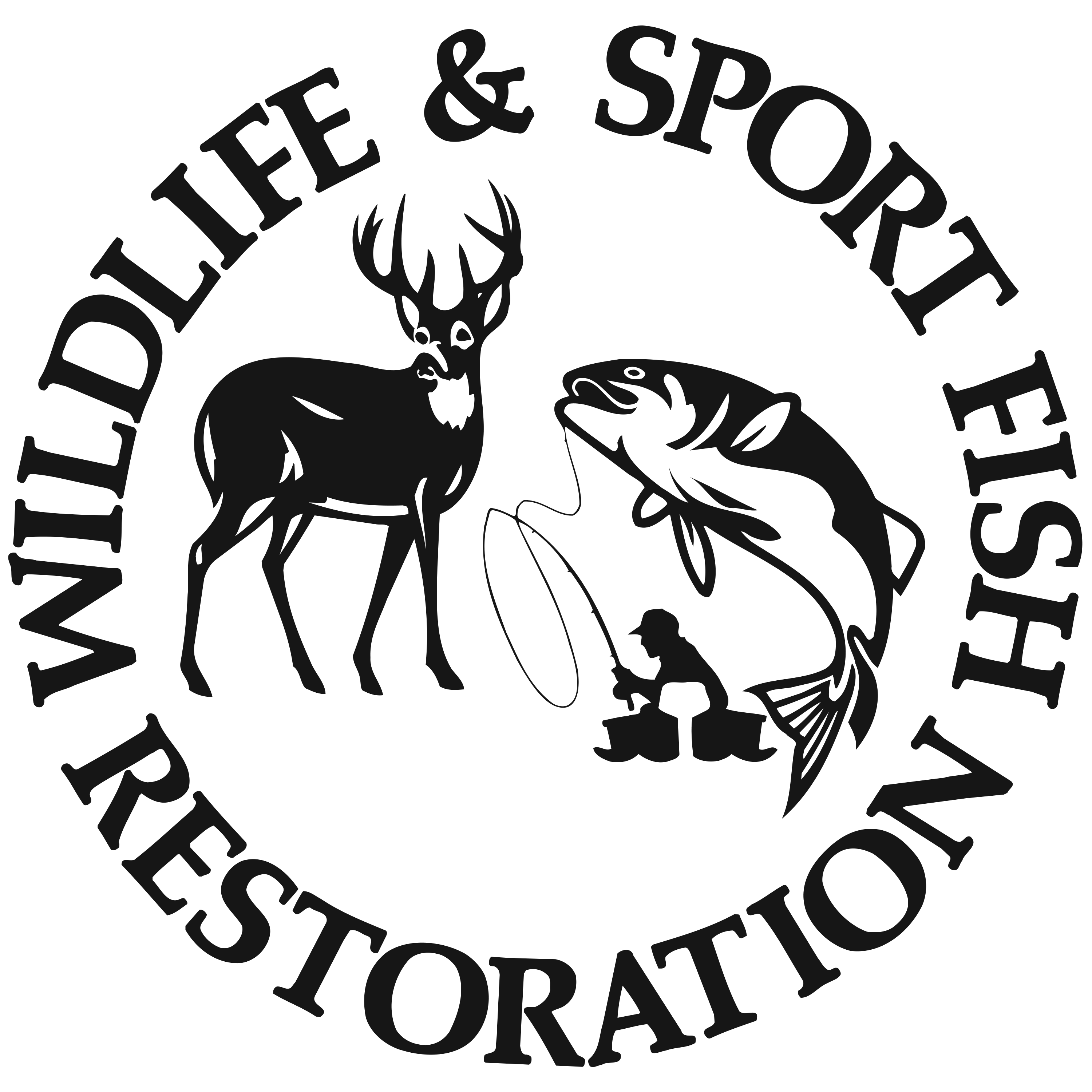Home → Fish & Wildlife → Wildlife → Lands → Wildlife Management Areas
Wildlife Management Areas (WMAs)

Find a WMA to Visit Recreational Opportunities
The Maine Department of Inland Fisheries and Wildlife manages more than 69 Wildlife Management Areas (WMAs) across the state.
The mission and purpose of the State-owned WMAs is to provide a statewide, ecologically based system of land holdings for the protection and enhancement of important wildlife habitats that also provide opportunities for all types of public recreation, where those forms of recreation do not unduly impact the wildlife resources.
The WMAs help to further the Departments mission as outlined in Statute 12 to:
- Preserve, protect and enhance fish and wildlife resources of the State;
- Encourage the wise use of these resources;
- Ensure coordinated planning for the future use and preservation of these resources; and
- Provide for effective management of these resources
Policies
In general, all of the WMAs are open for recreational use and enjoyment. Camping and fires are not permitted, except on Swan Island in the Kennebec River where camping facilities are provided.
Hunting and Trapping in WMAs: All MDIFW-owned Wildlife Management Areas (WMA), except Steve Powell WMA (Swan Island) and portions of Steep Falls and Killick Pond WMA, are open for general law hunting and trapping.
Removable stands or blinds, such as ladder, hang on, pop-up blinds etc. when placed for more than one day require a permit to hunt on MDIFW-owned WMAs and must be clearly labeled with the hunters' name and address. Permanent structures are prohibited. Permission is not needed if blind and stand are removed daily. All trapping, including bear trapping and the placing or hunting over bait for any species is authorized by permit only, unless landowner permission is expressly not required by law or rule, see Trapping Law Book for more information. A person may utilize game cameras on WMAs without Department permission, but should be labeled. To obtain a permit, contact a Regional Wildlife Biologist at the appropriate Regional MDIFW office.
To learn more about requirements for hunting on a Wildlife Management Area, please visit the Hunting Areas section of the hunting law book.
ATVs: All terrain vehicles (ATVs) are generally allowed on maintained gravel roads and approved ATV trails. To establish and ATV trail, the Department requires abutting landowner permission from where the trail crosses onto a WMA, and where the trail leaves the WMA.
To establish a trail on a WMA, towns and ATV clubs should negotiate to establish a presence in the community. As stated above, IFW requires clubs to have landowner permission from where the trail is coming from and where it is going. Small WMAs (<2000 acres) can not be a destination since the road systems are not compatible with high traffic and use conditions. Trails cannot compromise wildlife, and the Department will work to have the trails sited and constructed appropriately. Annual maintenance will be required to be performed by the group/club that has initiated a request and all trails are subject to seasonal closure to minimize impacts on the environment.

Wildlife Restoration funding supports tens of millions of publicly accessible acres in the United States. Learn more.